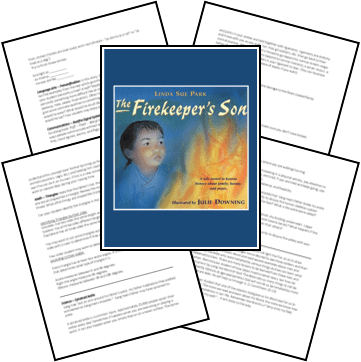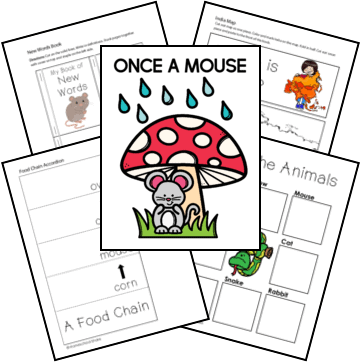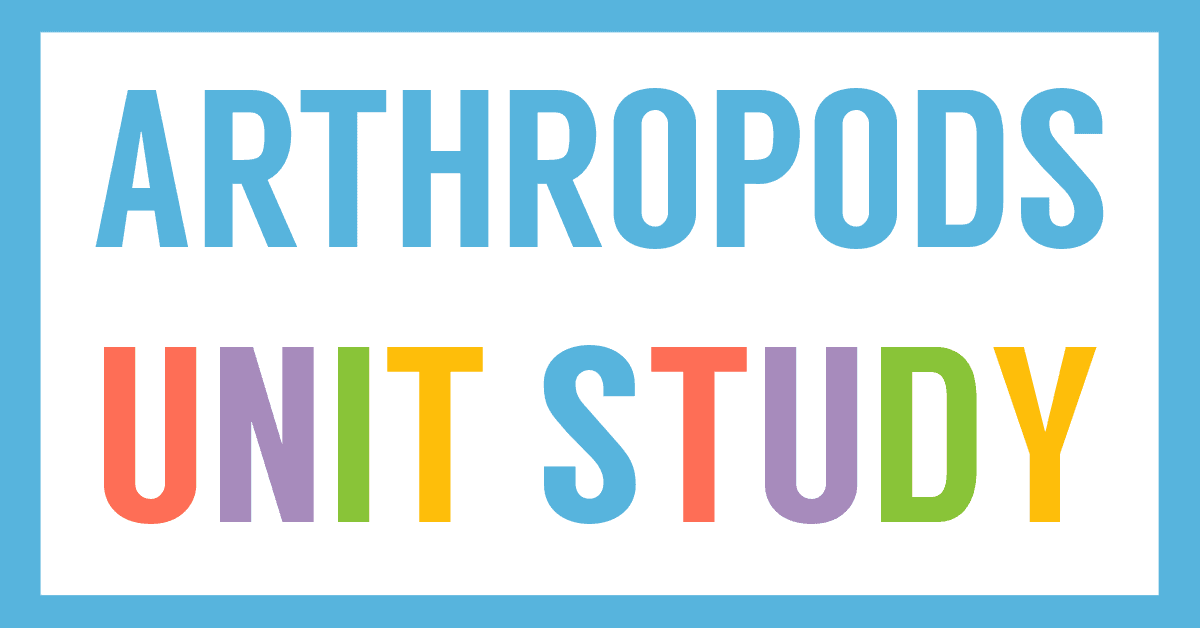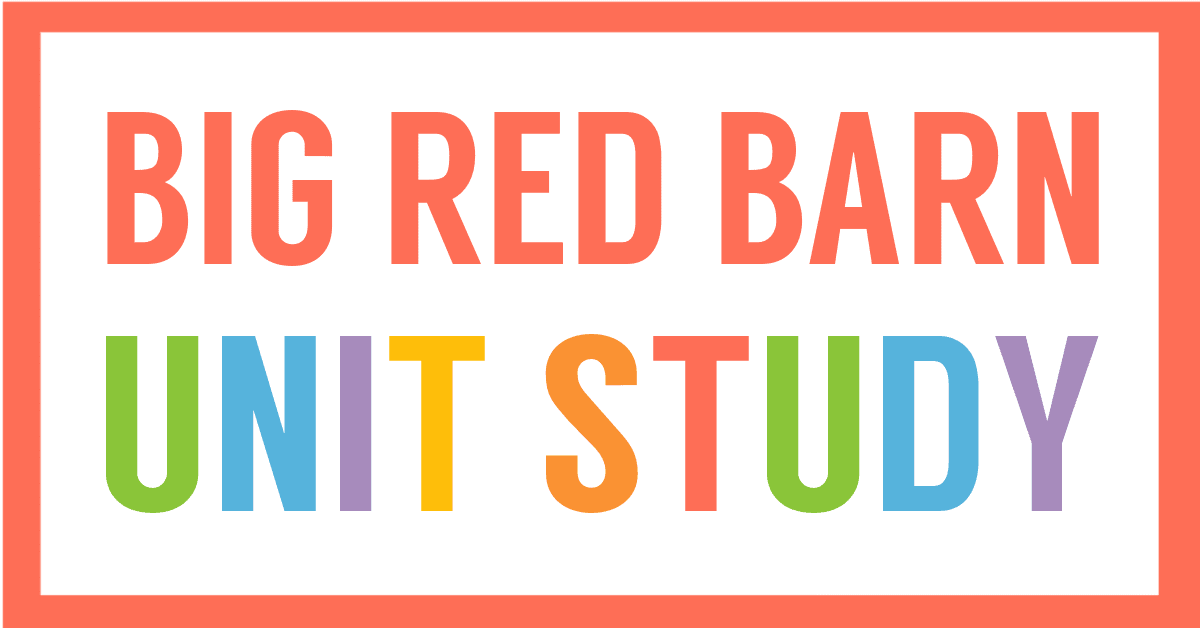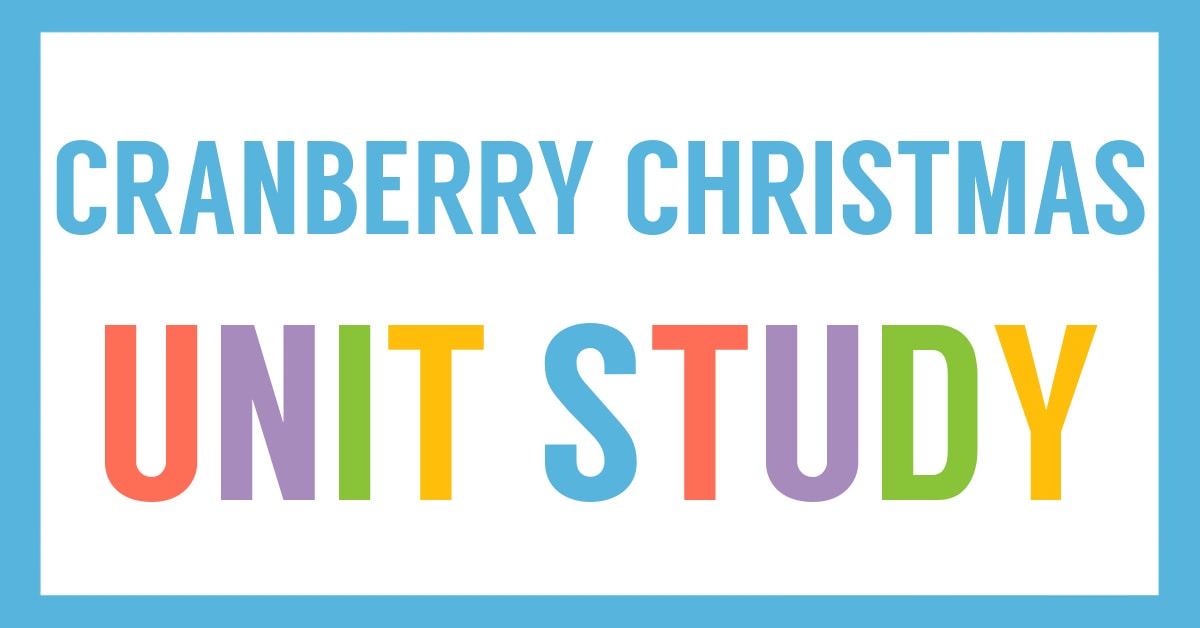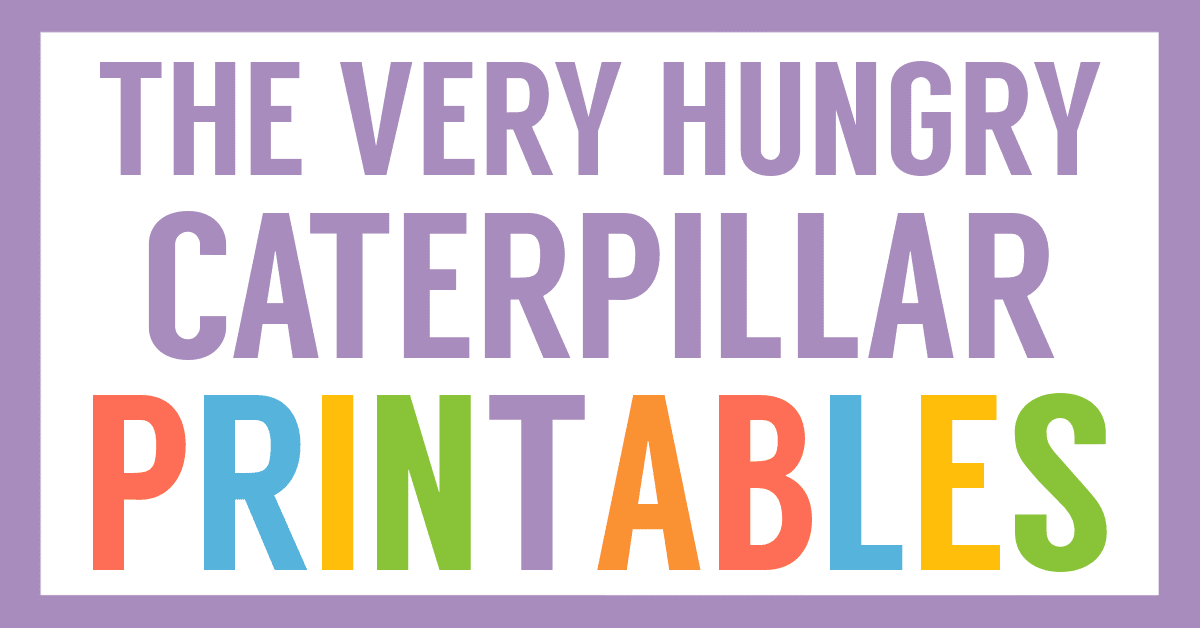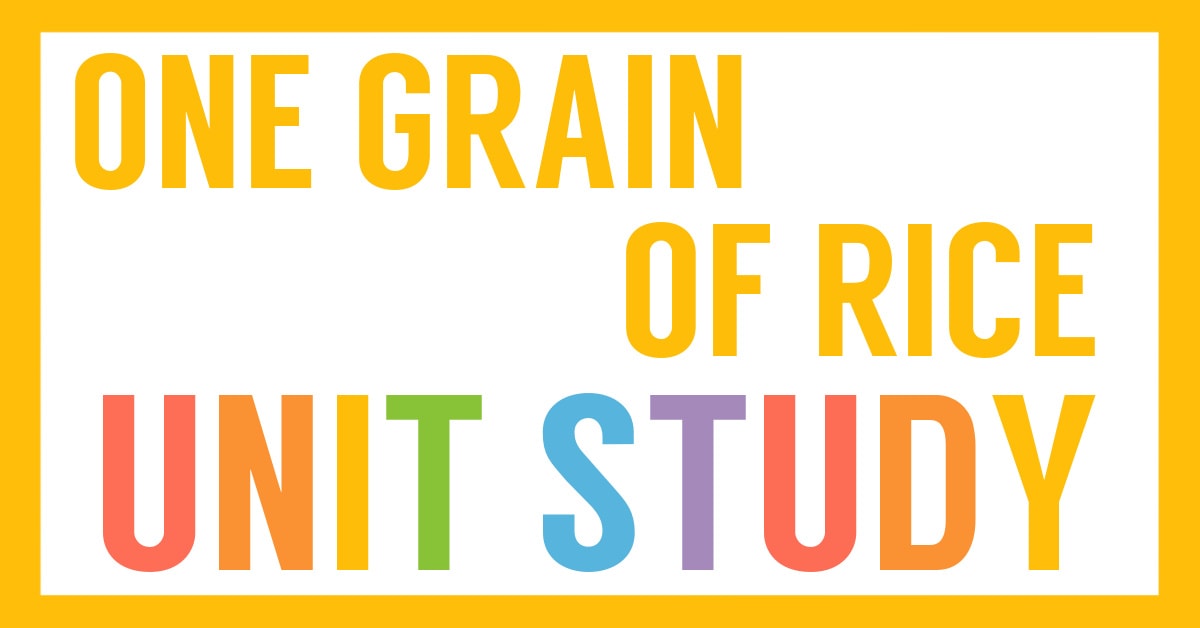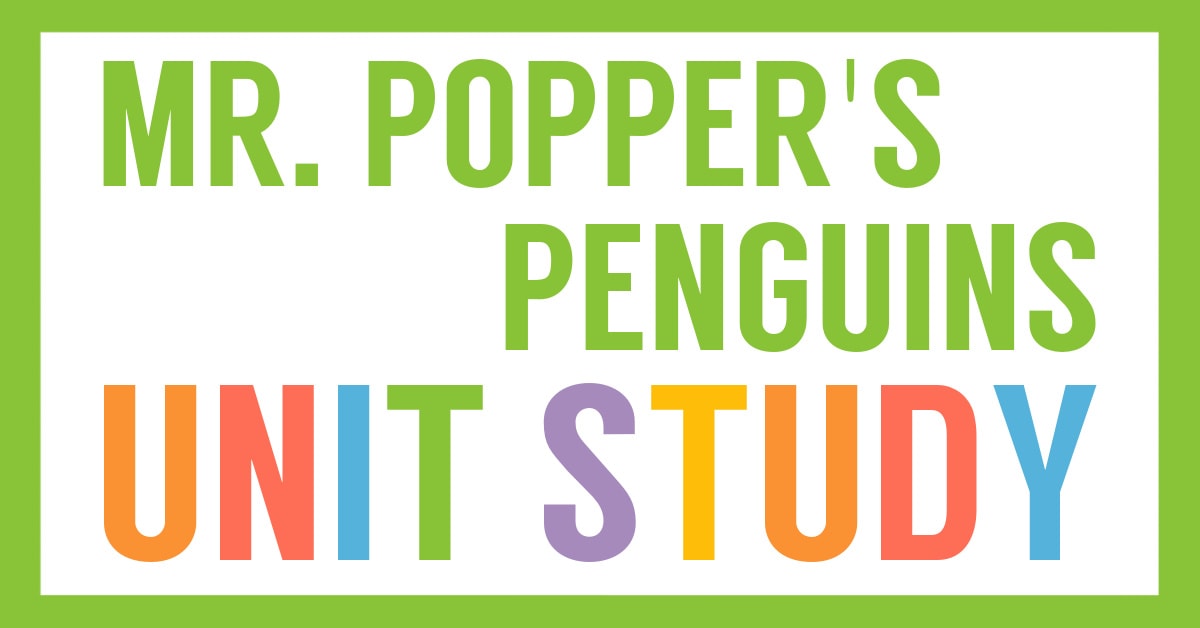Affiliate Disclaimer
We sometimes use affiliate links in our content. This won’t cost you anything, but it helps us to keep the site running. Thanks for your support.
In Korea in the early 1800s, news from the countryside reached the king by means of signal fires. On one mountaintop after another, a fire was lit when all was well. If the king did not see a fire, that meant trouble, and he would send out his army.
This story is about Sang-hee, son of the village firekeeper. When his father is unable to light the fire one night, young Sang-hee must take his place. Sang-hee knows how important it is for the fire to be lit-but he wishes that he could see soldiers . . . just once.
This unforgettable story will provide oodles of discussion for you and your student. Grab our free The Firekeeper’s Son unit study and learn all about a variety of lessons.
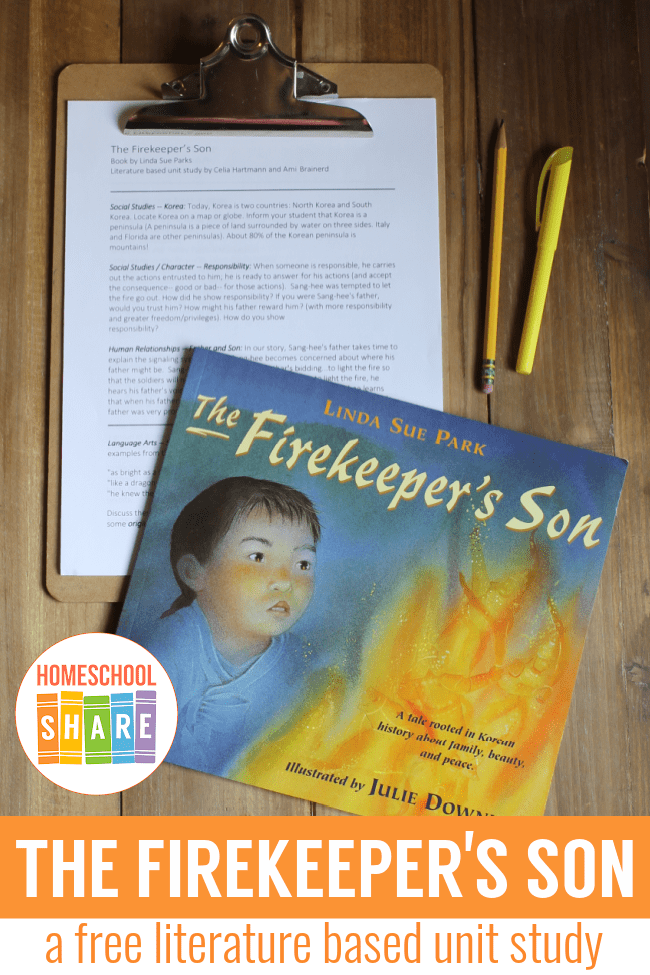
The Firekeeper’s Son Unit Study Lessons
This unit study includes lessons and activities based on the book The Firekeeper’s Son by Linda Sue Park.
Here is a sample of the lessons found in this The Firekeeper’s Son unit study:
Human Relationships: Father and Son
In our story, Sang-hee’s father takes time to explain the signaling system. Later, Sang-hee becomes concerned about where his father might be. Sang-hee races off to do his father’s bidding…to light the fire so that the soldiers will not come. As Sang-hee tries earnestly to light the fire, he hears his father’s voice. Later, as the two hobble down the hill, Sang-hee learns that when his father was a boy he too had wished to see the soldiers. Sang-hee’s father was very proud that Sang-hee lit the fire and proved trustworthy.
Language Arts: Simile
A simile is a comparison that uses like or as. Some examples from the story include:
“as bright as a soldier’s sword”
“like a dragon with many humps”
“he knew the path like a friend” Discuss these similes and their meanings with your student. Can you think of some original similes together?
Math: Ordinal Numbers
This story can be used to help your child learn about ordinal numbers. Examples from the story:
“Our fire is the first fire.”
“….a third firekeeper saw it.”
When we learned to count, we used cardinal numbers: 1, 2, 3, etc. Those numbers tell us how many of something. When using ordinal numbers, we count saying first, second, third, etc. We use ordinal numbers to indicate position or what order several things come in. For example, in a race a blue ribbon is given to the person who crossed the finish line first and a red ribbon to the person who came in second. Help your child understand this concept even further by lining up five or ten of his favorite stuffed animals (counters, Lego, etc.) and helping him count using ordinal numbers, then see if he can do it on his own.
You can grab a copy of the entire The Firekeeper’s Son unit study in an easy-to-print file at the end of this post.
How to Get Started with the The Firekeeper’s Son Unit Study
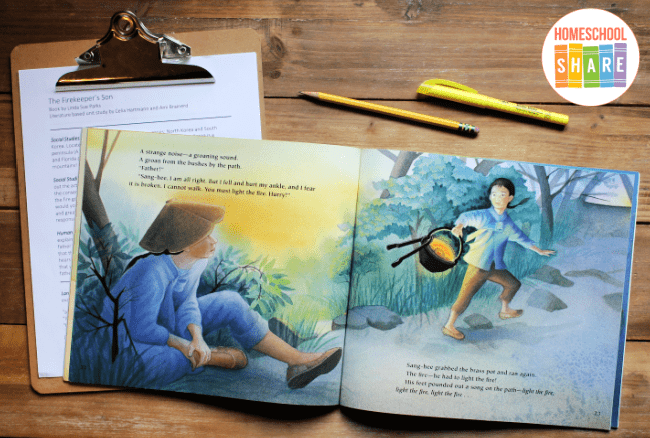
Follow these simple instructions to get started with the The Firekeeper’s Son unit study:
- Buy a copy of the book, The Firekeeper’s Son, or borrow one from your local library.
- Print the The Firekeeper’s Son unit study.
- Choose the lessons you want to use with your student (a highlighter works great for this).
- Enjoy a week of book-based learning with your student.
Download Your The Firekeeper’s Son Unit Study
Simply click on the image below to grab the free The Firekeeper’s Son unit study.
More Unit Studies Set in Asia
Check out these other resources for Asia.

